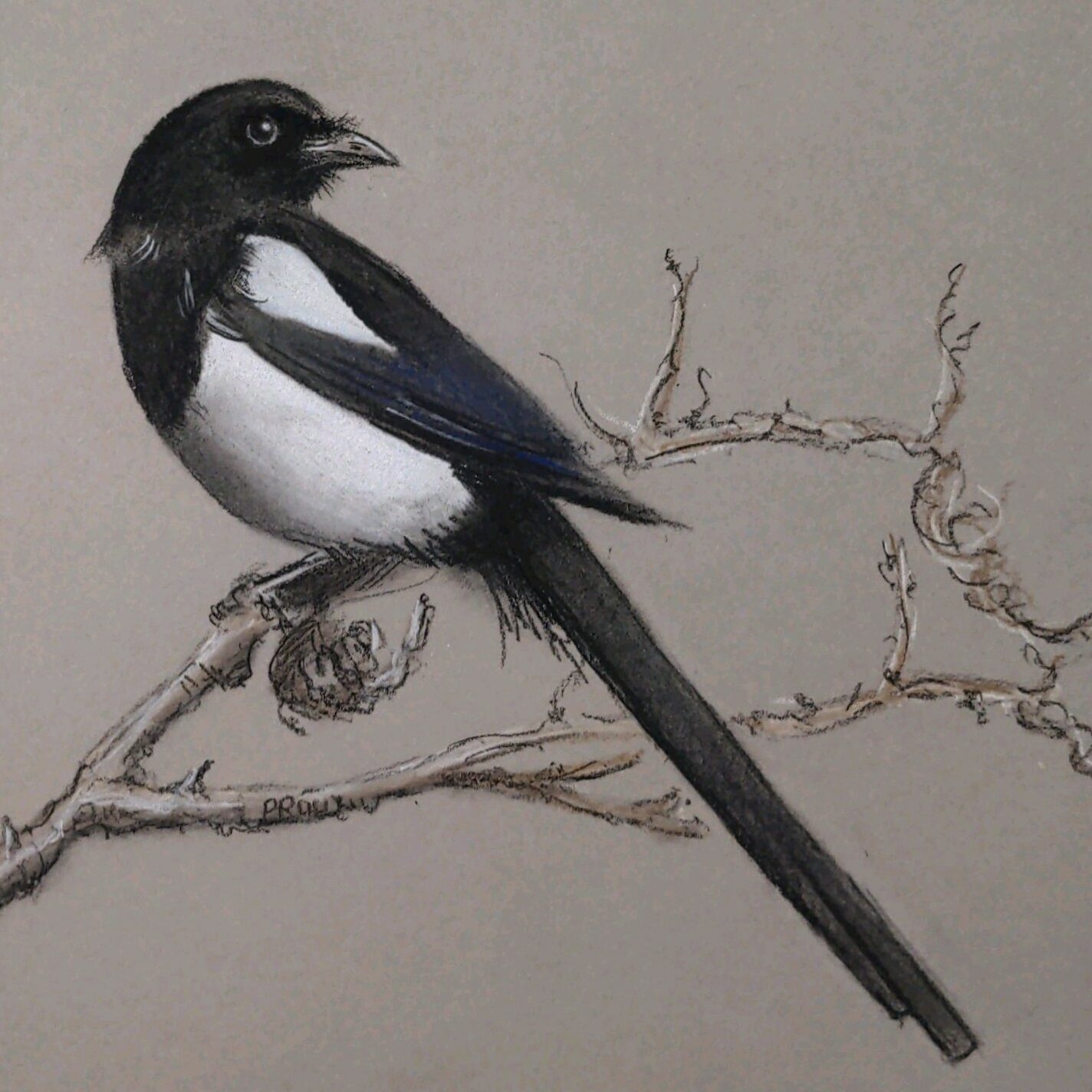The influence of Japan on the work of the French artist Édouard Manet can be seen in his use of composition, subject matter, and technique. During the mid-19th century, there was a fascination with Japanese art and culture in France, and many artists were influenced by the distinctive style and techniques of Japanese woodblock prints.
Manet was particularly drawn to the flattened space, asymmetrical composition, and use of bold, simplified shapes and lines found in Japanese prints. He incorporated these elements into his own work, creating compositions that emphasized flat planes and strong graphic design.
For example, in his painting “Olympia,” Manet used a simple, frontal composition that is reminiscent of Japanese prints. The model’s flattened form and the bold, black outline around her body further emphasize this influence.

Manet also incorporated Japanese subject matter into his work, such as in his painting “The Plum,” which features a Japanese fan and a vase of plum blossoms. This painting, like many of Manet’s works, shows a fascination with the exotic and unfamiliar, which was often associated with Japan at the time.
Technically, Manet was also influenced by Japanese prints, particularly in his use of bold, flat areas of color and his interest in capturing the fleeting moment. He experimented with unusual cropping and angles, as well as bright, contrasting colors, which were characteristic of Japanese prints.

The influence of Japan on Manet’s work offers several valuable lessons for artists and art students alike. Firstly, it teaches us the importance of looking beyond our own cultural influences and embracing the techniques and styles of other cultures. By studying Japanese art, Manet was able to expand his own artistic vocabulary and incorporate new ideas and approaches into his work.
Secondly, the influence of Japan on Manet’s work highlights the importance of experimentation and innovation in art. By incorporating new techniques and styles into his work, Manet was able to create a unique style that set him apart from other artists of his time.
Finally, the influence of Japan on Manet’s work reminds us of the importance of drawing inspiration from the natural world. Many of the elements that Manet borrowed from Japanese art, such as asymmetry, flattened space, and simplified forms, were inspired by nature and the natural world. As artists, we can learn from this and strive to capture the beauty and emotion of the world around us in our own work.
Overall, the influence of Japan on Manet’s work is a valuable reminder of the importance of looking beyond our own cultural influences, experimenting with new techniques and styles, and drawing inspiration from the natural world.
